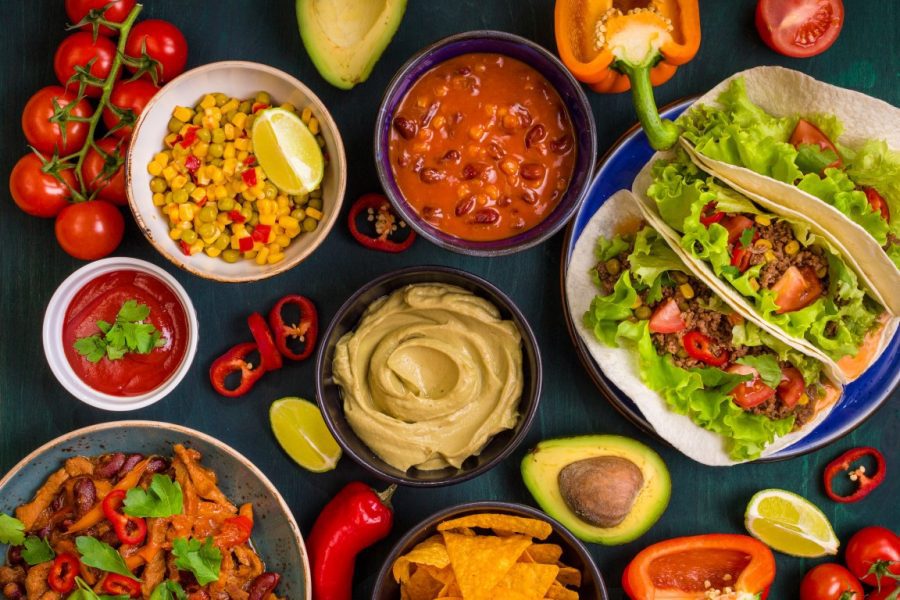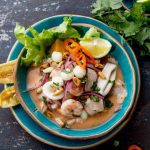Mexico’s cuisine is as diverse as its geography and culture, influenced by its indigenous heritage and Spanish colonial history. We often tout the variety of international restaurants on Vidanta resorts. However, it would be criminal to spend time in Mexico and not experience the beautiful diversity of Mexican cuisine. Each region has its own unique ingredients, cooking techniques, and specialties. For example, the flavors of the Yucatán Peninsula reflect Mayan traditions, with ingredients like achiote (a bright orange spice from annatto seeds), sour oranges, and habanero peppers. In contrast, Oaxaca, often called the “land of the seven moles,” is known for its intricate sauces, use of local herbs, and handmade tortillas. You can often find these regional dishes right on Vidanta resorts. Scroll down to get a taste of the Joys of Mexican Food.
-
Tacos: More Than Meets the Eye
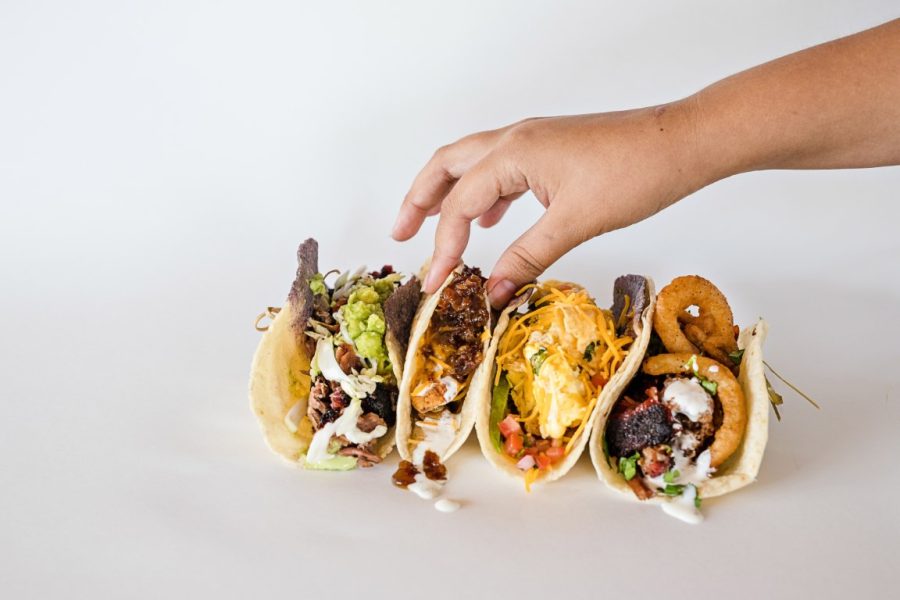
The taco is perhaps the most iconic Joy of Mexican Food. But the variety of tacos across Mexico is astounding. Unlike the hard-shell versions popularized internationally, tacos in Mexico are generally served on soft, corn tortillas and filled with a range of ingredients. Al pastor is commonly available everywhere. Borrowing from middle eastern shawarma, this street taco is made from thinly sliced pork cooked on a spit and served with pineapple, onion, and cilantro. Likewise, anywhere near salt water will offer fish tacos, often made with battered, deep-fried fish topped with cabbage and a creamy sauce. Each region has its own version, reflecting local ingredients and preferences, making the taco a truly versatile and endlessly enjoyable staple. Keep your eyes open for tacos with birria , carnitas, chicken tinga and more. They are all delicious. If you want the full experience in the Puerto Vallarta area, check out our post on taco tours.
-
Mole: A Symbol of Mexican Gastronomy
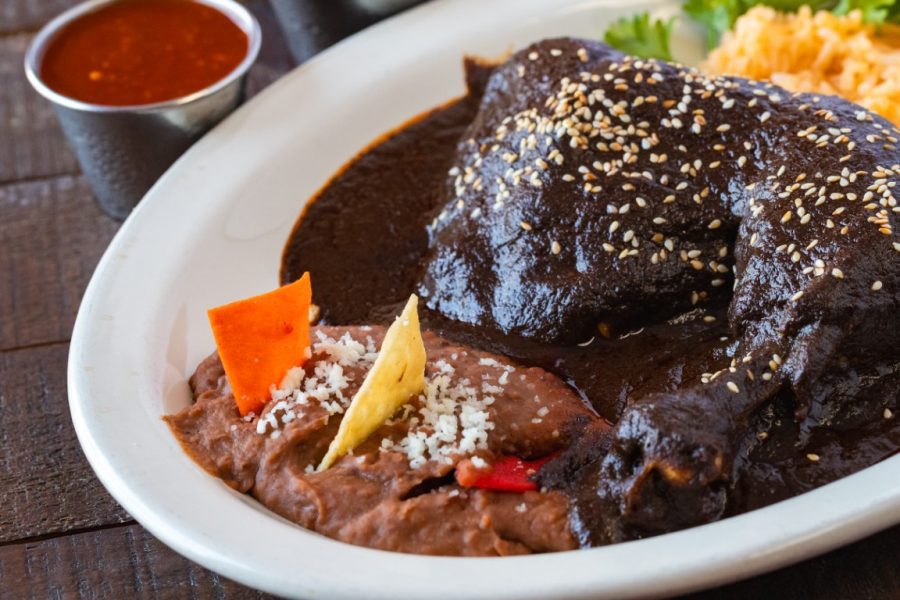 Mole is a complex sauce that often includes chocolate, chiles, nuts, spices, and dried fruits. Although there are many regional variations, the most famous is mole poblano, originating in Puebla. This thick, dark sauce is typically served over chicken and is known for its rich, layered flavors. Oaxaca, known for its seven moles, offers different versions, each with its own unique profile. Our personal favorite, black mole, for example, has a smoky, deep flavor with dark chocolate added, while mole amarillo is bright and slightly tangy.
Mole is a complex sauce that often includes chocolate, chiles, nuts, spices, and dried fruits. Although there are many regional variations, the most famous is mole poblano, originating in Puebla. This thick, dark sauce is typically served over chicken and is known for its rich, layered flavors. Oaxaca, known for its seven moles, offers different versions, each with its own unique profile. Our personal favorite, black mole, for example, has a smoky, deep flavor with dark chocolate added, while mole amarillo is bright and slightly tangy.
Making mole is often a labor-intensive process involving grinding and mixing ingredients to create a harmonious balance. This iconic sauce is a testament to Mexico’s culinary complexity and its dedication to tradition. Mole has become a symbol of Mexican culture, with families often preparing it for special occasions and celebrations. These sauces made with love, add much to the joys of Mexican food. You can find various types of mole on and off the resort.
-
Tamales: Wrapped in Tradition
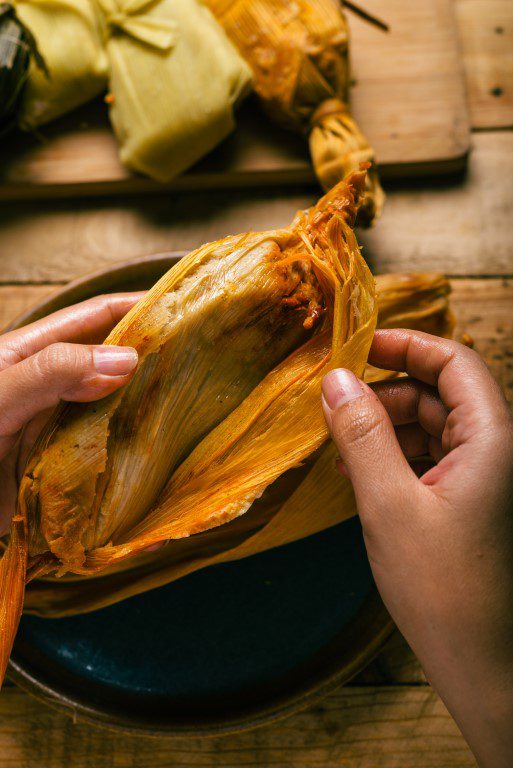
Tamales are a traditional Mexican dish with ancient origins, made from masa (corn dough) filled with meats, vegetables, or sweet fillings, then wrapped in corn husks or banana leaves and steamed. Each region has its own version of tamales, with different fillings and wrappings. In the Yucatán, you’ll find tamales wrapped in banana leaves and filled with pork and achiote paste, known as tamales colados. In Mexico City, tamales are often served with atole, a warm corn-based drink flavored with chocolate, vanilla, or fruit.
Tamales are more than just a dish—they are a part of Mexican cultural celebrations, from family gatherings to the Día de la Candelaria, when people traditionally share tamales with friends and family. Please do NOT tell anyone, but this author does not love them.
-
Pozole: A Hearty Mexican Stew
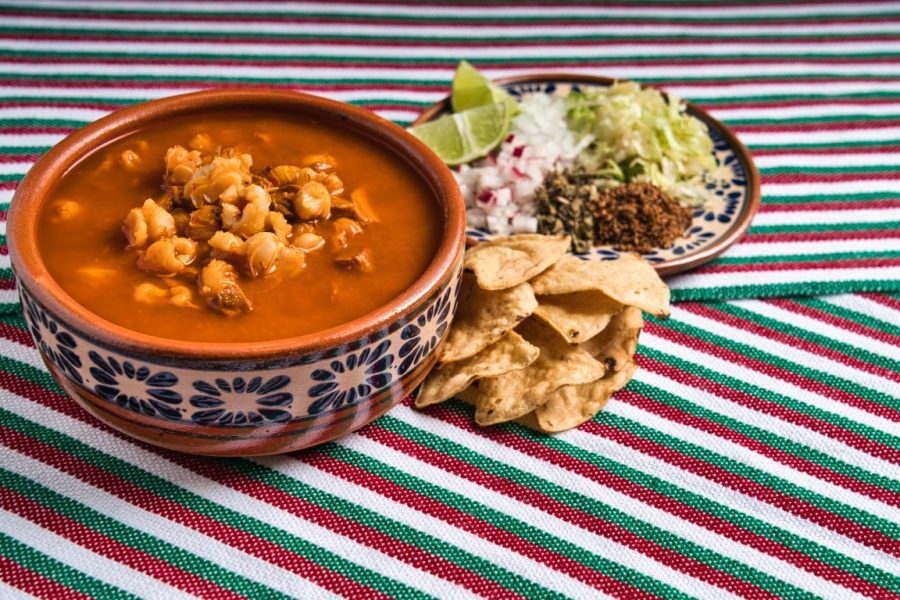
Pozole is a traditional Mexican stew made from hominy (dried corn kernels treated with lime) and typically features pork or chicken. This dish is flavored with chile, garlic, and onions and is often garnished with lettuce, radishes, onions, lime, and even avocado. Pozole is a celebratory dish often served at parties and festivals, especially around Mexican Independence Day from Spanish rule. Which is September 16, NOT cinco de Mayo.
There are three main types of pozole: red, white, and green. The red version is made with red chiles, the green with tomatillos and green chiles, and the white without additional chile. Each version brings a unique flavor profile, showcasing the versatility of Mexican stews and soups. We have a great recipe for the green version, Maybe in a future blog post.
-
Chiles en Nogada: A Patriotic Dish
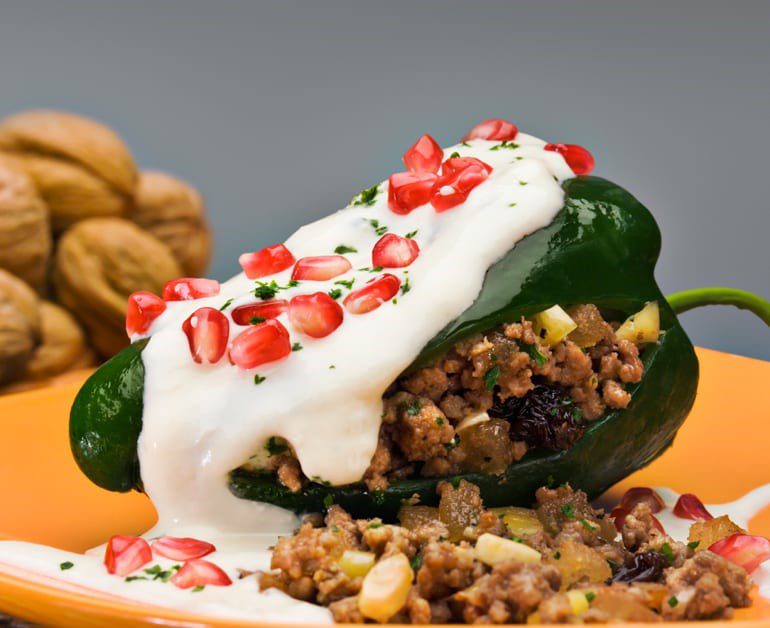 Chiles en nogada is one of Mexico’s most patriotic dishes, as it represents the colors of the Mexican flag: green, white, and red. This seasonal dish consists of poblano chiles stuffed with a mixture of ground meat, fruits, and spices, topped with a walnut-based cream sauce and pomegranate seeds. The dish is traditionally served in late August and September, aligning with Mexican Independence Day celebrations.
Chiles en nogada is one of Mexico’s most patriotic dishes, as it represents the colors of the Mexican flag: green, white, and red. This seasonal dish consists of poblano chiles stuffed with a mixture of ground meat, fruits, and spices, topped with a walnut-based cream sauce and pomegranate seeds. The dish is traditionally served in late August and September, aligning with Mexican Independence Day celebrations.
You generally cannot get Chiles en Nogada on resort. We have found it at Mi Casa in Cabo San Lucas and at the Red Onion in Old Town Puerto Vallarta.
-
Ceviche: A Coastal Delight
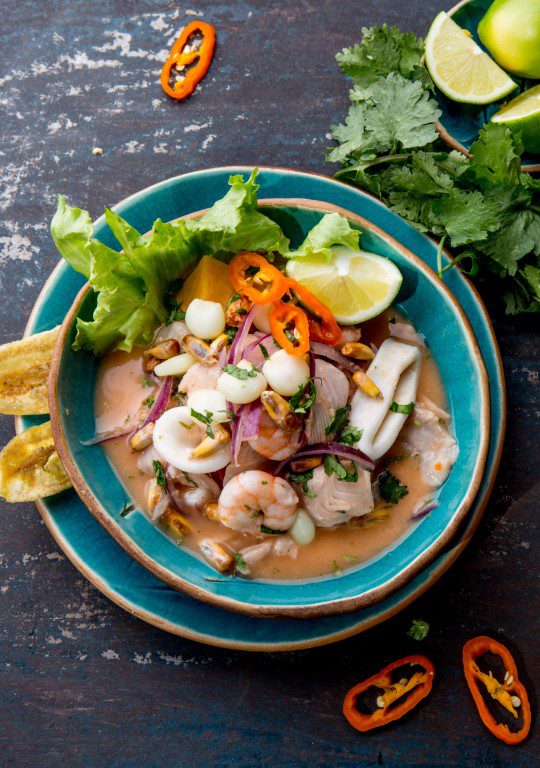
Along Mexico’s coasts, ceviche is a popular and refreshing dish made from raw fish or shrimp marinated in lime juice and mixed with chopped tomatoes, onions, cilantro, and often avocado. While it’s often associated with countries like Peru, Mexican ceviche has its own distinct style and flavor. Ceviche can vary by region, with some areas adding mango or coconut for a tropical twist. The acidity of the lime juice “cooks” the fish, creating a bright and fresh dish ideal for warm, sunny days by the sea. Some Joys of Mexican food can only be highest quality in sight of salt water !
- Mexican Salsas: Adding Spice and Flavor
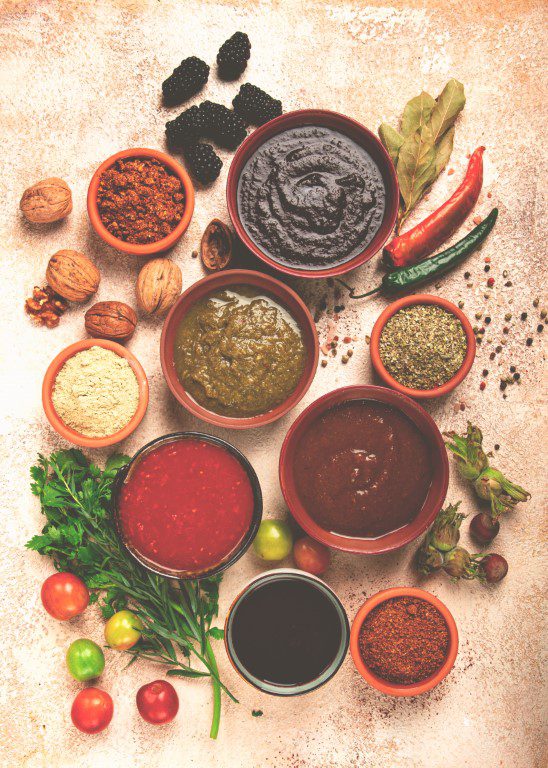
No Mexican meal is complete without salsa, and the variety is endless. Salsas range from mild to extremely spicy and are made with fresh or roasted ingredients, including tomatoes, chiles, onions, and herbs. Salsa verde, made with tomatillos and green chiles, is tangy and refreshing, while salsa roja, with red tomatoes and chiles, offers a bold, smoky flavor.
Mexican salsas are versatile and can be used as toppings, dips, or even cooking bases. Their role in Mexican cuisine is crucial, enhancing dishes with layers of flavor and, for those who enjoy a kick, a dose of heat.
The Influence of Corn, Beans, and Chiles: Staples of Mexican Cuisine
Mexican cuisine would not exist without its staple ingredients: corn, beans, and chiles. Corn is the base for many iconic dishes, including tortillas, tamales, and atole. Beans complement almost every meal, and chiles add flavor and heat, whether they are fresh, dried, or smoked.
These ingredients are integral to Mexican culture and cuisine, symbolizing the land and its resources. They are celebrated throughout Mexico, from home-cooked meals to fine dining restaurants, and they remain at the heart of Mexican culinary identity.
Conclusion: Celebrating Mexican Cuisine in Its Homeland
Experiencing Mexican cuisine in Mexico allows one to appreciate the culture, tradition, and craftsmanship behind every dish. Mexican food is more than a meal—it’s a connection to history, a celebration of life, and a tribute to the country’s rich, diverse landscapes. From the comforting tamales shared during celebrations to the intricacies of mole prepared for special occasions, Mexican cuisine invites you to immerse yourself in the flavors, colors, and stories of this extraordinary culinary heritage. These are the joys of Mexican Food.

